How to keep your house warm but your energy bills low
Face it, summer is gone, so we are here to explain how to keep your house warm and cosy without having to worry about eye-watering energy bills
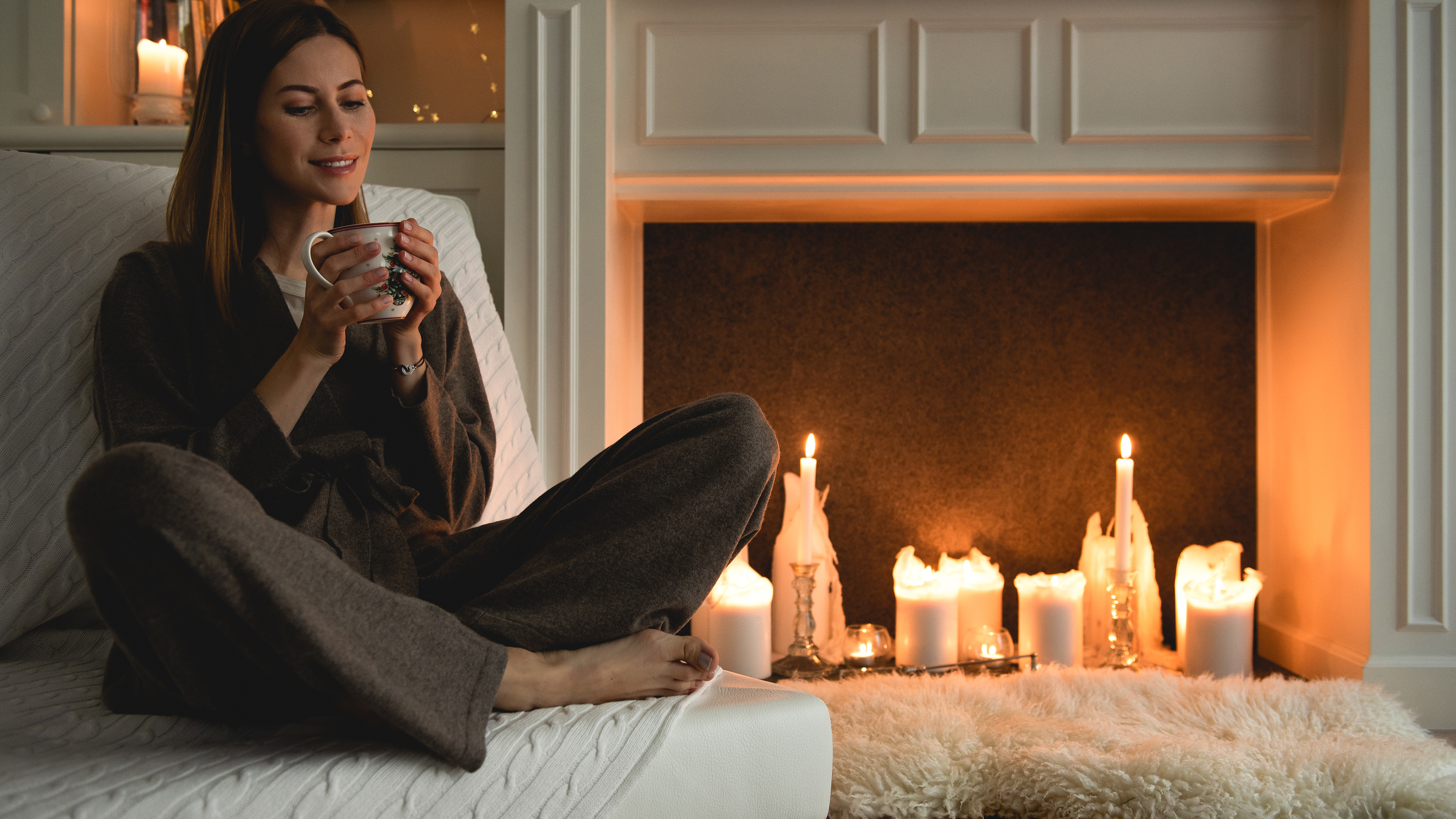
Want to know how to keep your house warm without breaking the bank? We are here with the top 10 ways to warm up your home and make sure it stays toasty once you get it that way.
While the most obvious way to keep your house warm during the colder months is to crank up the heating, this is not necessarily the most cost-efficient option, particularly right now, when the cost of living and energy saving tips are at the forefront of the minds of many.
The good news is that there are plenty of alternative ways to keep your house warm that don't involve using your central heating system, as well ideas that can help you make the most of and hold on to the heat provided by your radiators or underfloor heating once your house is up to the temperature you require.
Read on for some great expert tips to ensure that you are not left shivering in your home this winter.
How to keep your house warm using our 10 top tips
Here, we are going to be looking at a selection of ideas that will help to keep your house warm, from how to make sure your central heating system is running at maximum efficiency to cheap and simple methods you can use to reduce the amount of heat lost by your home.
Some tips might not apply to you, while others should mean you have to rely less on your central heating system in order to cut your energy bills.
Use these tips in conjunction with one another in order to feel comfortable and snug in your home without having any nagging worries that you are wasting money on heating your home unnecessarily.
1. Take care of your boiler
It really does pay to look after your boiler — something that could save you money as well as ensuring that your heating runs at its peak efficiency when you do turn it on.
"Take care of your central heating now and this should prevent any potential problems as the winter embraces your home," says Allan Reid of Art Windows & Doors. "Getting your boiler serviced is a good idea. Have a heating service now and you reduce the chances of it breaking down as temperatures drop outside.”
Andy Kerr, founder at boiler specialists BOXT, also recommends checking your boiler's pressure. "It’ll only take a couple of seconds and it could save you a lot of hassle," he says. "Examining your boiler’s pressure level is a must as it will give you a good idea of what state your heating is in. If the gauge is in the red zone (too high or too low), then your hot water and heating will cut off.
"Don’t panic, though — this can happen sometimes, and your pressure will simply need topping up. If this happens regularly, then it may be a sign that you’ve had a leaky radiator or, in the worst case, you’ll need to start thinking about choosing a new boiler."
If the time has come for a new boiler, be sure to choose an A-rated model to avoid problems going forward.
“Old and dated boilers are unreliable, expensive to run and prone to breakdowns over the winter months," says Allan Reid. "Fit an A-rated boiler and not only will this run with greater efficiency over the winter months, it’ll be less temperamental and it could reduce your winter fuel bill by anywhere up to 25%.”
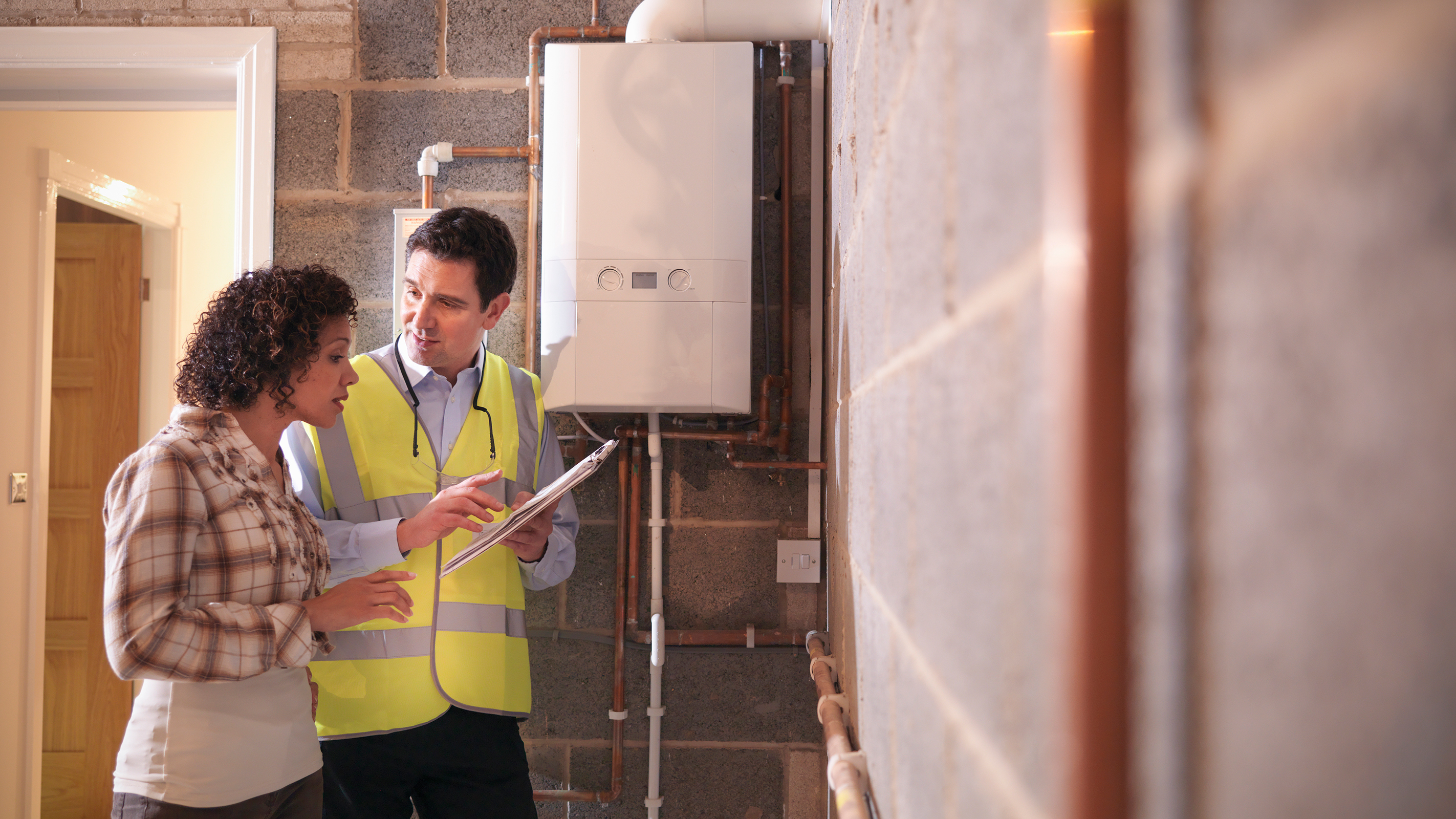
2. Ensure you have enough insulation
Understanding how to insulate your house properly is one of the most important factors in keeping it cosy and warm without spending a fortune on your heating bills.
"Factors such as how the walls, floors and roof are constructed will all have a bearing on how you insulate as well what level of insulation is included. As such, there's 'no one-size-fits-all' approach to insulating existing homes," says Homebuilding & Renovating's editor, Claire Lloyd.
"Heat is easily lost from your home if you fail to insulate the property adequately," says Allan Reid. "Various areas of the property are prone to heat loss. These include exterior walls, the roof, doors and windows. Loft insulation is a good place to start, by adding a fleecy base layer and preventing rising heat from evaporating into the atmosphere.
"Cavity wall insulation is another area to consider. You should also lag heating pipes to prevent them from freezing during periods of extreme temperatures. These examples of basic insulation will make a huge difference to the heat levels within your home.”
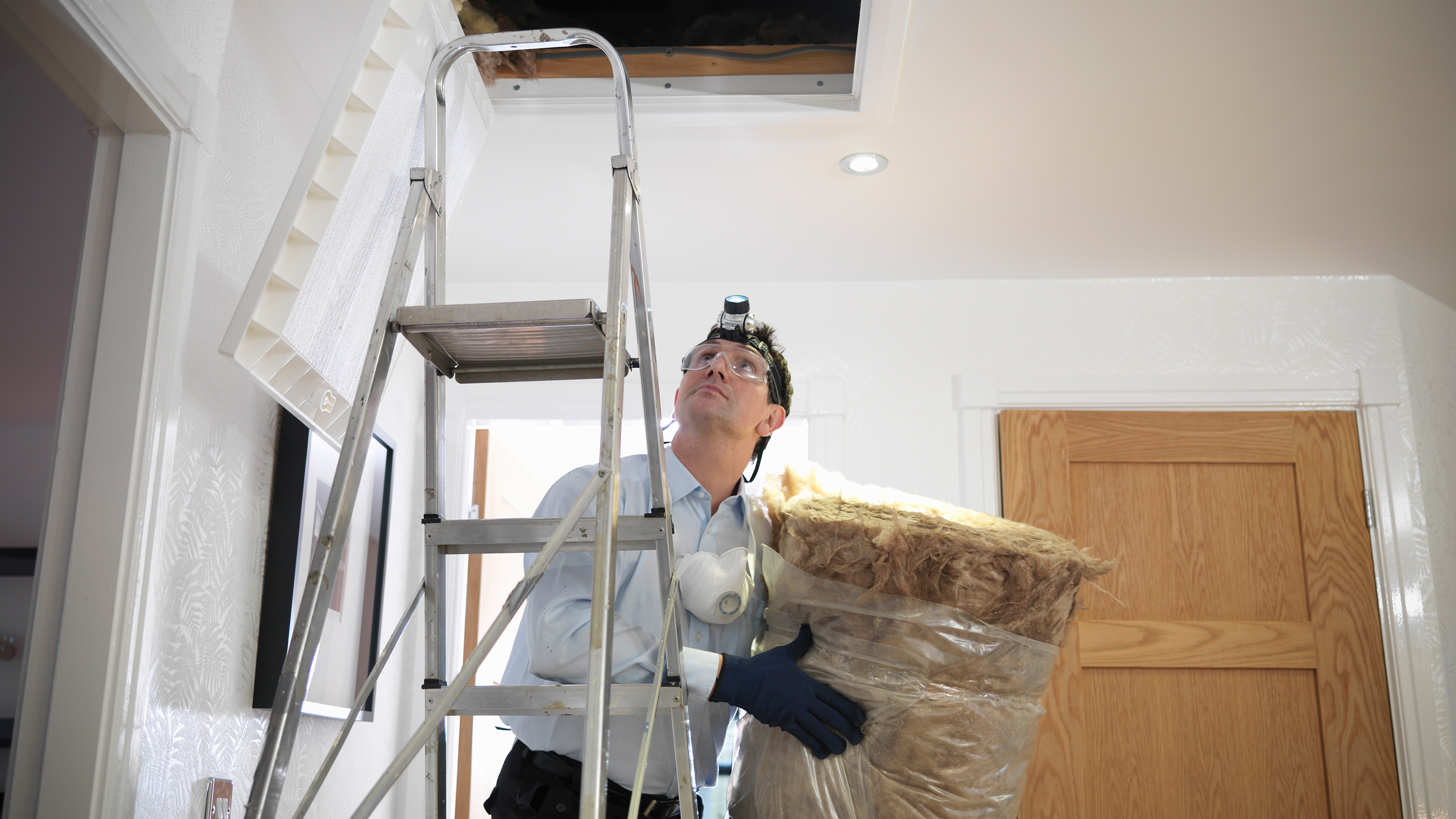
3. Put draught proofing measures in place
For such a simple task, fitting draught proofing into your home is the cheapest and easiest means of improving its thermal efficiency.
"A great way to keep your home nice and warm during the cold is to reduce any draughts," confirms Andy Kerr. "You can do this by insulating the roof, walls and under floors, but also pay attention to window sashes and door frames. This is a great way to lower your heating costs as you won’t need your heating on so high."
“Like insulation film, rubber weather sealing is easy to buy online or in hardware stores," says Allan Reid. (A 24m roll of self-adhesive sealing from B&Q for just over £15.) "All you need to do is cut long strips to fit the dimensions of your windows and then peel and stick the sealing to the frame to close any gaps, eliminating draughts. Rubber sealing is a cheap and effective solution that has a minimal impact on the look of your windows."
Simple draught snakes are another easy way to stop chilly winds coming in under doors and windows.
“Draft snakes are simply fabric tubes that you place under a window sill or door to prevent drafts. You can buy them in a variety of great designs, or you can make your own to fit your windows by sewing a tube of fabric and filling it with dry rice," says Allan Reid.
"Whilst this offers you a cheap and easy crafting project, it only prevents a draft from coming from the window sill, still letting out plenty of heating through the rest of the frame and the window itself," he warns.
We like the Marwood Under Door Draft Stopper from Amazon, which is weighted with natural washed sand.
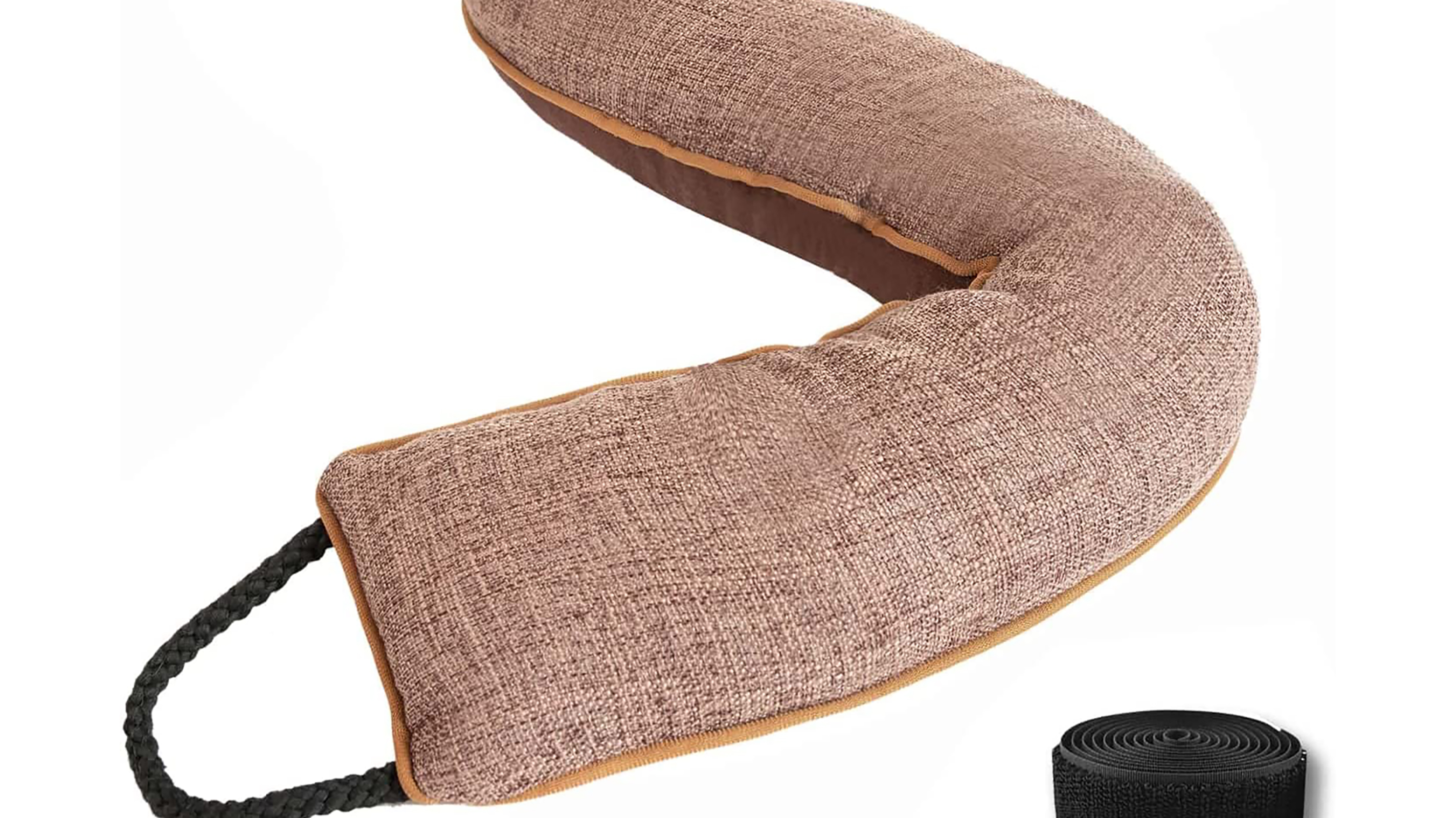
4. Use thermal curtains or blinds
There are lots of ways of insulating windows and hanging thermal curtains or blinds is one of the simplest and best.
Thermal curtains differ from regular curtains in that they are made from at least three layers of material that combine to control the temperature of a room.
“Using multiple heavy fabrics can provide a decent amount of insulation for your windows," adds Allan Reid.
It is also possible to buy thermal blinds. These usually feature tiny honeycomb pockets or similar that trap the air to create a warm, cosy room.
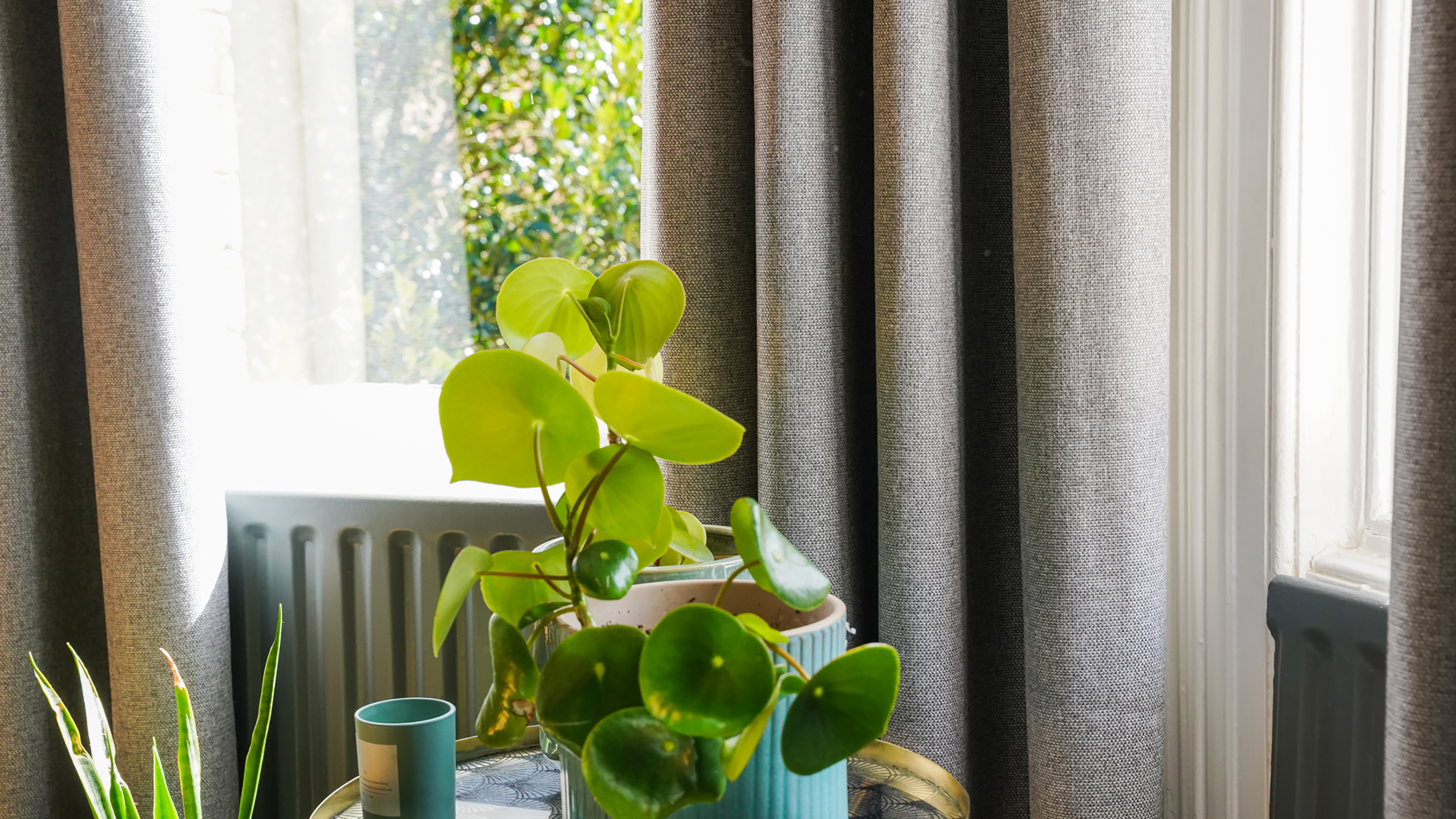
7. Take good care of your radiators
As we've already discussed, radiators remain a hugely popular way of heating the home — but if you want your home to feel comfortable and warm you do need to ensure you maintain them properly.
"Making sure your radiators are running efficiently is an easy way of avoiding wasted energy," says Andy Kerr. "Firstly, carefully check to see if there are any cold spots on the radiators while your heating is turned on. If there are, then it means there is air trapped in the system, which leads to a reduction in efficiency.
"Bleed your radiators to release the air and get your heating system running more efficiently. Also, removing any obstructions, such as furniture, from in front of your radiators helps to ensure no heat is wasted." Learning how to bleed a radiator is a simple DIY job, but a plumber can also undertake this job for you.
"You might want to power flush your radiators too, to remove air from the system and reduce the chances of cold spots," suggests Allan Reid.
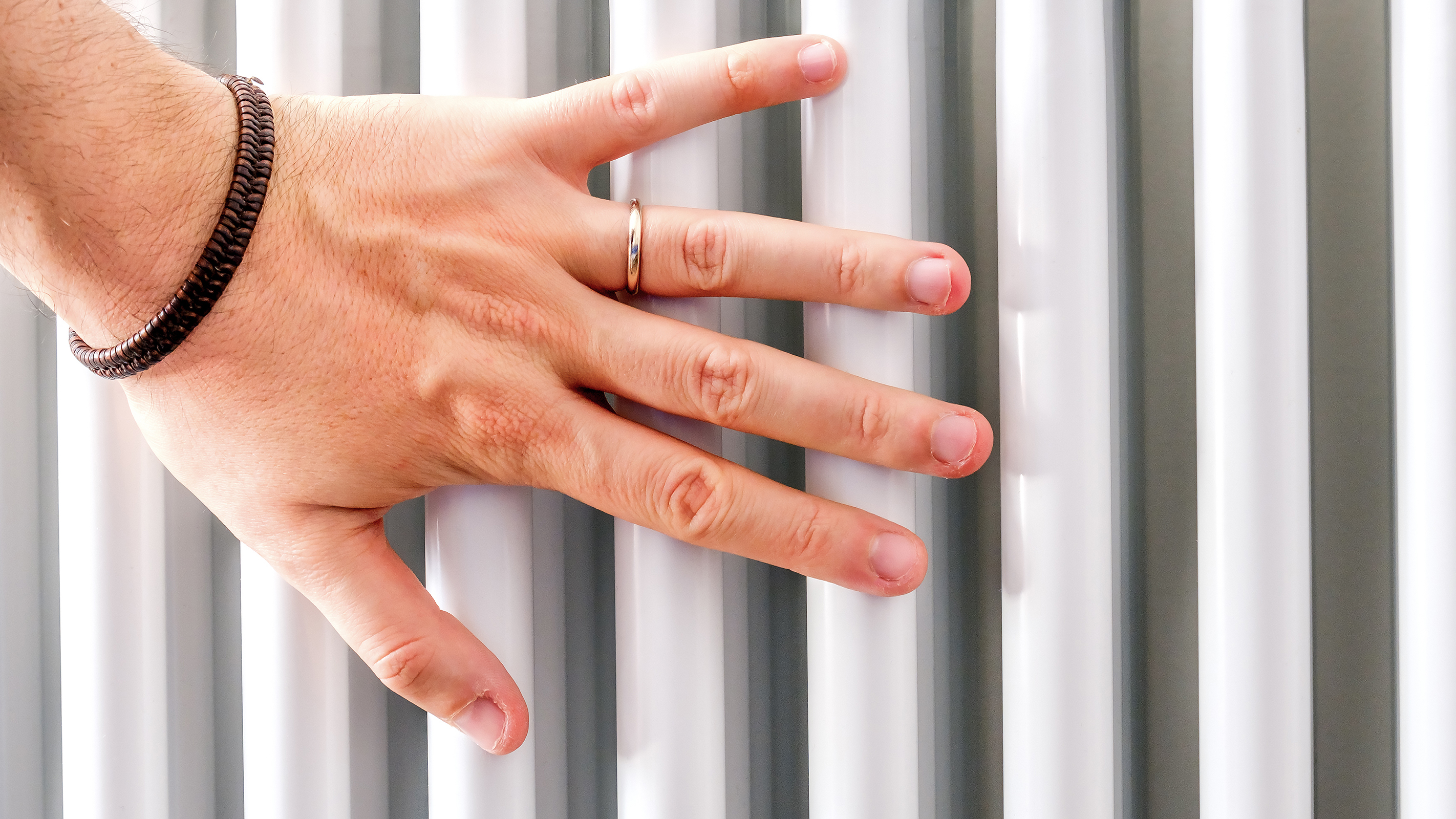
6. Insulate your windows as well as your walls
There are several different ways to ensure heat from your home is not lost through your existing windows — employing one or two of these will really help to keep your house warm. One of the best known of these is to fit secondary glazing.
"The options for secondary glazing are many and various, ranging from DIY systems to those that require professional installation," says Tim Pullen, expert in sustainable building methods and author of The Sustainable Building Bible. "Some that are fitted permanently and others can be removed in summer."
Another option is to use window insulation film or even bubble wrapping windows.
“Window insulation film is easy to find in any hardware store or online," says Allan Reid. "The kits include a plastic shrink film to apply to the indoor window frame with double-sided tape before you heat it with a hair dryer to remove any wrinkles and shrink the film. It’s a cheap and effective method — but your windows may have a cloudy and shrink-wrapped look.”
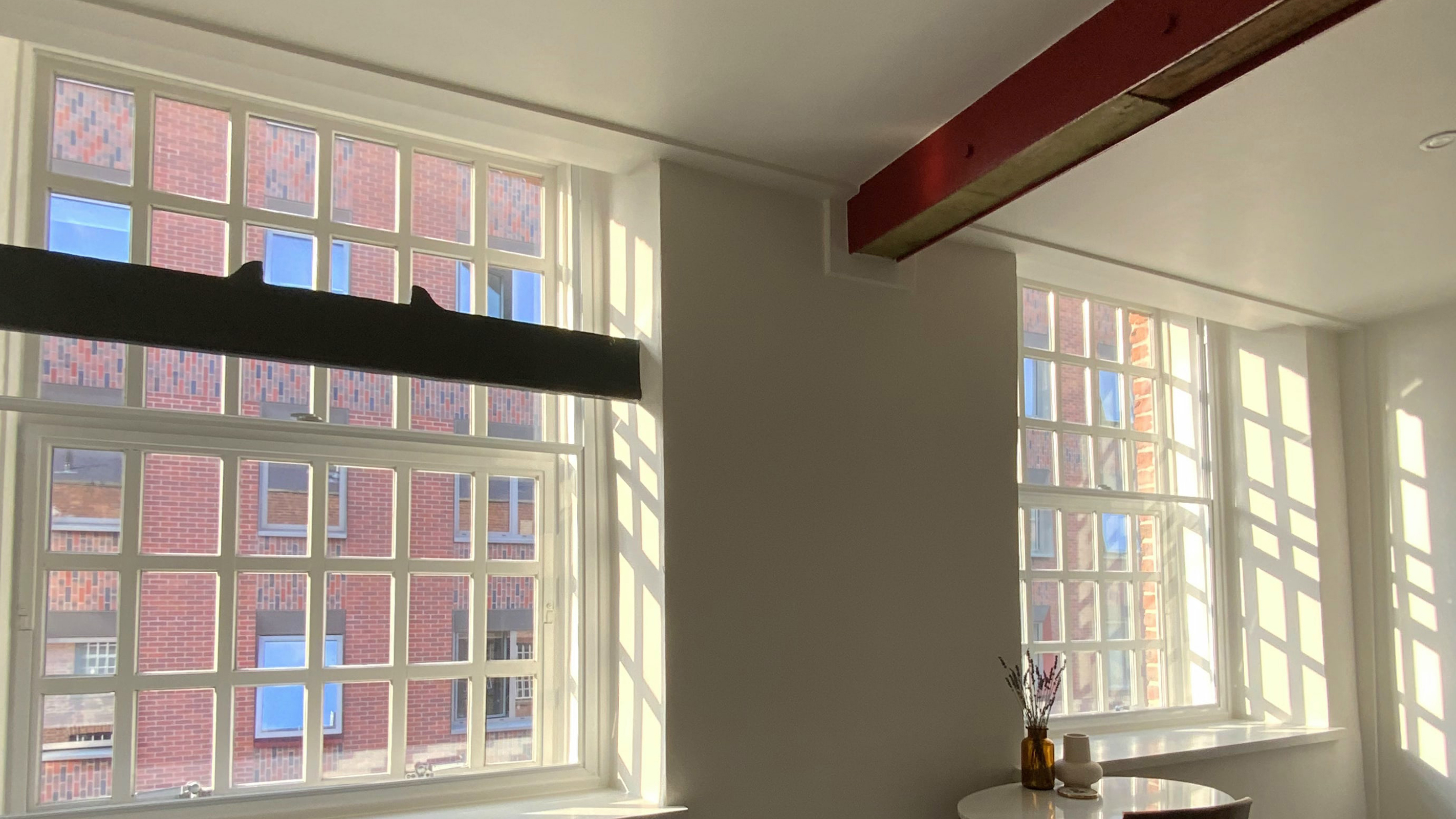
7. Consider using radiator reflectors
Radiators are still one of the most popular ways of heating homes and if you have them in your house, it really does pay to ensure you are getting the very most out yours.
Radiator reflectors are made up of a thin sheet of reflective material placed behind the radiator to reflect any heat that would otherwise be lost through the wall back into the room.
But do radiator reflectors work, you may be asking. They do tend to work best when placed on exterior walls and it is important to bear in mind that smaller steps such as this really will benefit from being used alongside other measures to improve the efficiency of your radiators — bleeding radiators, as mentioned before, for example, will ensure they work efficiently, as will investing in a thermostatic radiator valve.
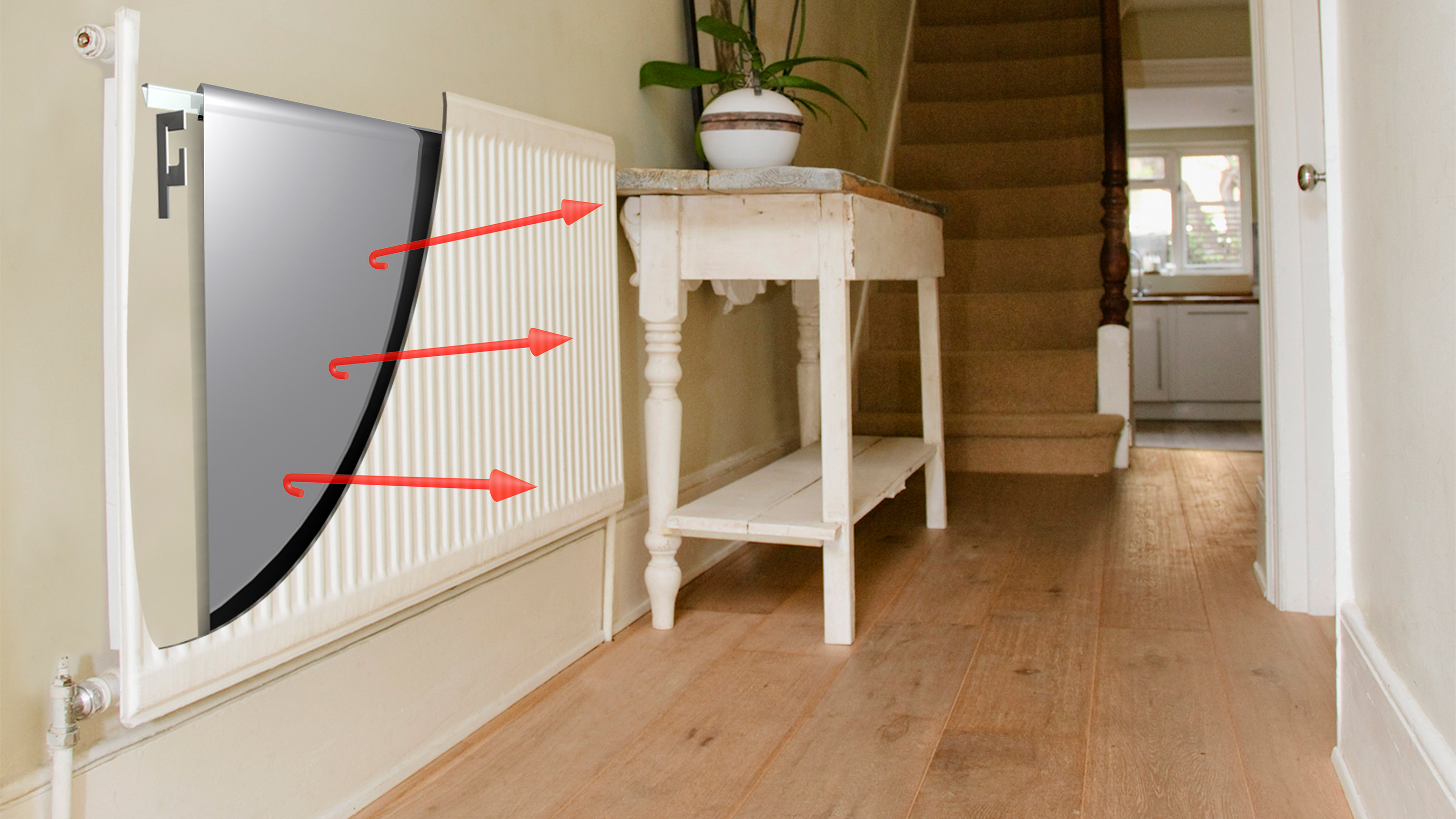
8. Keep doors closed
It sounds so simple but keeping the doors to each room you are heating closed will make a massive difference to how well they retain heat — just think about why you keep the lid on a saucepan to get the water to boil faster.
"Keeping your doors closed will reduce the airflow in your home and help each room stay warmer for longer," confirms Andy Kerr.
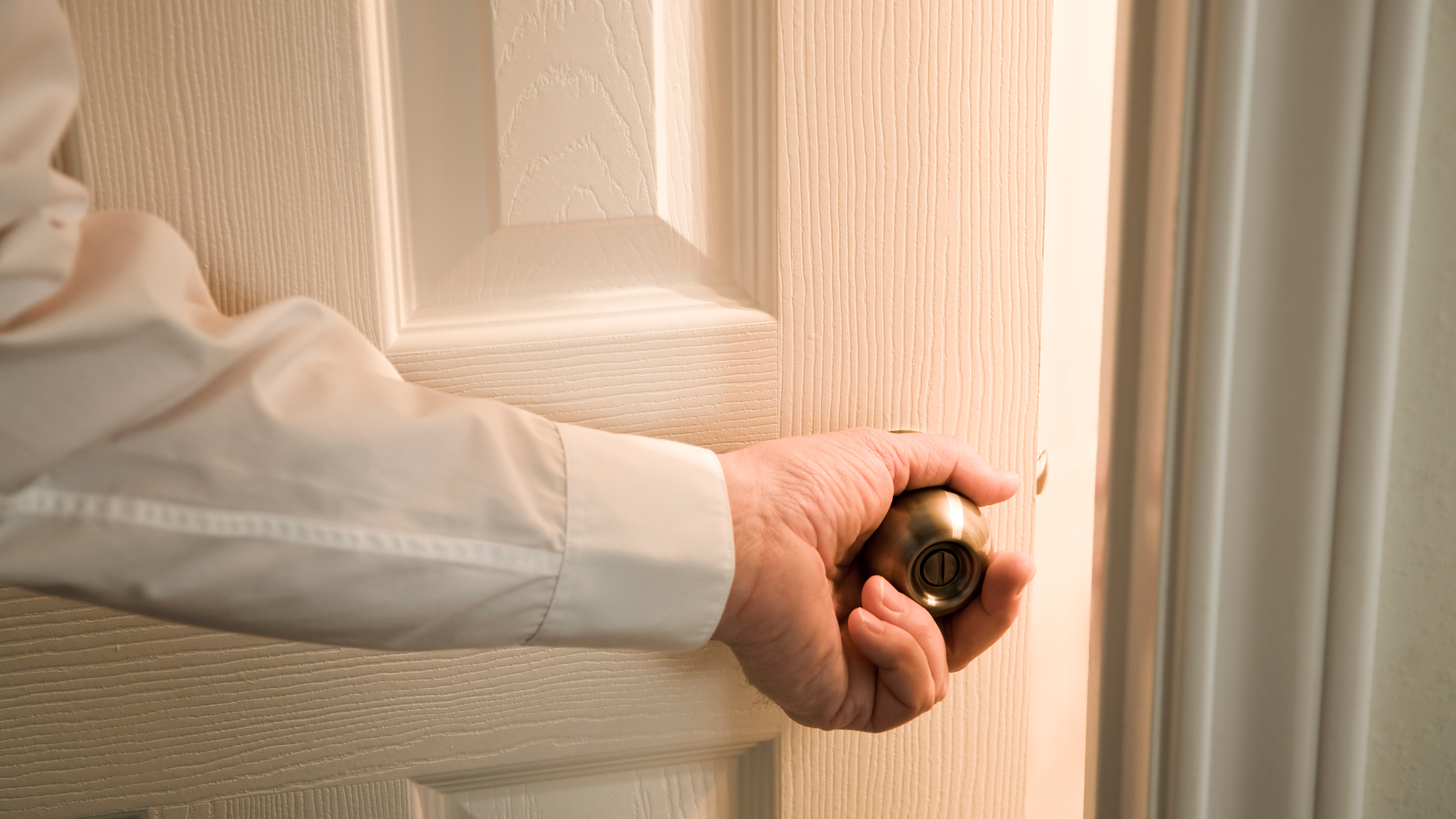
9. Light your log burner
If you are lucky enough to have a log burning stove in your home, you will already be aware how quickly and effectively they can warm up a house. In many cases, lighting your log burner can mean you can turn off or down your heating.
In order to ensure you get the very most out of your stove, you need to ensure you buy the right sized model for your home.
"Establishing the heat output (which is measured in kW) required in the room is something to consider early on," says Claire Lloyd. "Too small, and the stove will be inadequate for purpose. It’s perhaps tempting to opt for a stove with a considerably larger output than required, ‘just in case’.
"However, stoves work best when operating at high temperature, achieving close to their heat output — with too large a stove, you could find yourself constantly cutting the air supply and dampening the fire right down (which in turn impacts on efficiency) to cool off. So, it’s important to get it right."
You also need to stock up on a good supply of dry, seasoned firewood, take note of log burner ventilation requirements and be prepared to have your chimney swept at least once a year.
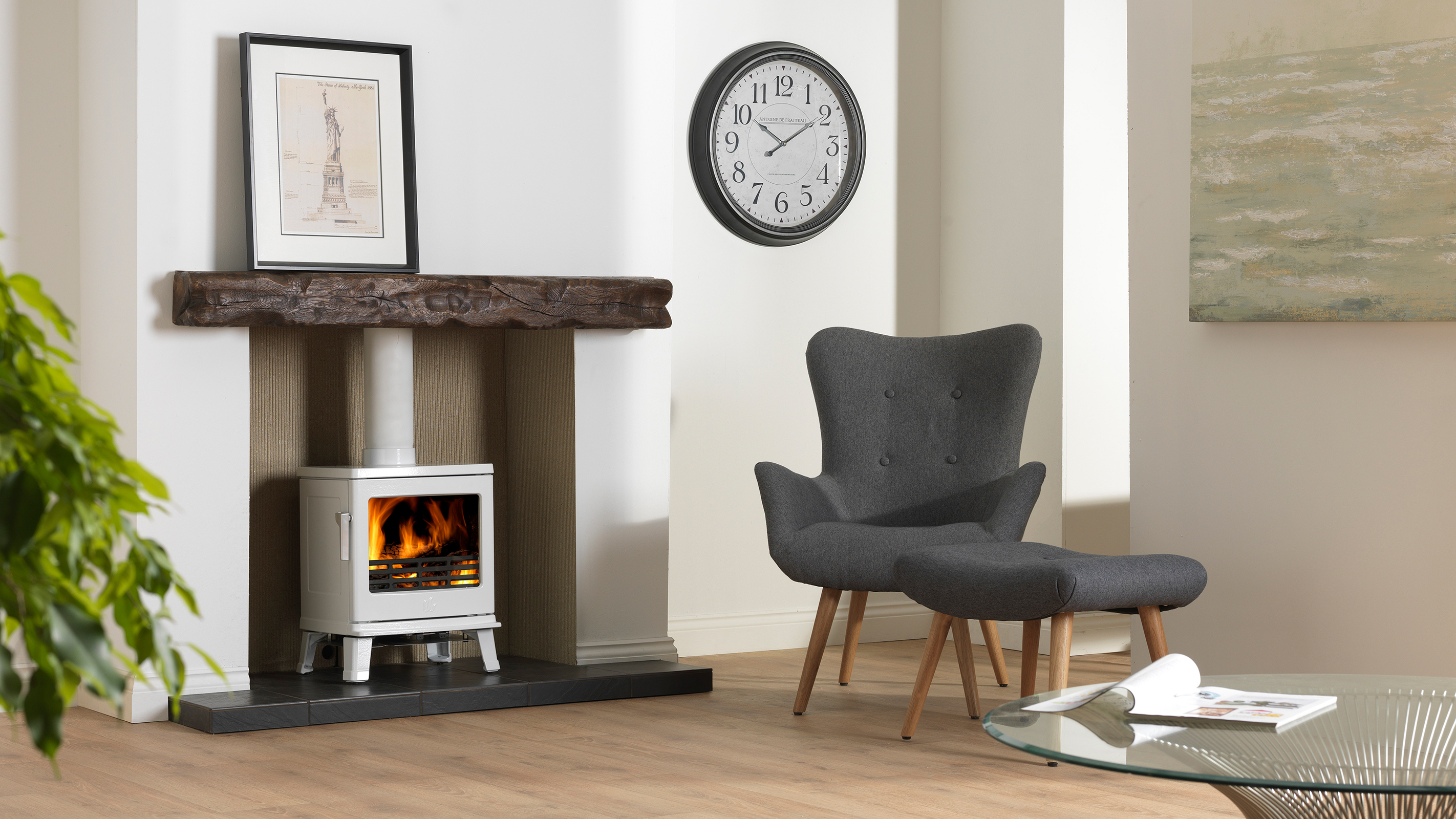
10. Upgrade your windows and doors
And, finally, as anyone living in an older home with single glazing or draughty old windows or doors will testify, the cold air that comes streaming through them can be a real source of discomfort. It can also make it feel as though you are running your heating system for nothing.
“Poorly fitting doors and weather-worn windows are another cause of heat loss within the home. Draughty, single-glazed windows are some of the worst culprits as they offer very little in the way of insulation," says Allan Reid. "Double and triple-glazed options are best. They add a protective barrier.”
Although you may be trying to avoid double glazing costs, think of double glazing as an investment that can not only save on your energy bills but could also increase the value of your home and make it more comfortable to live in.
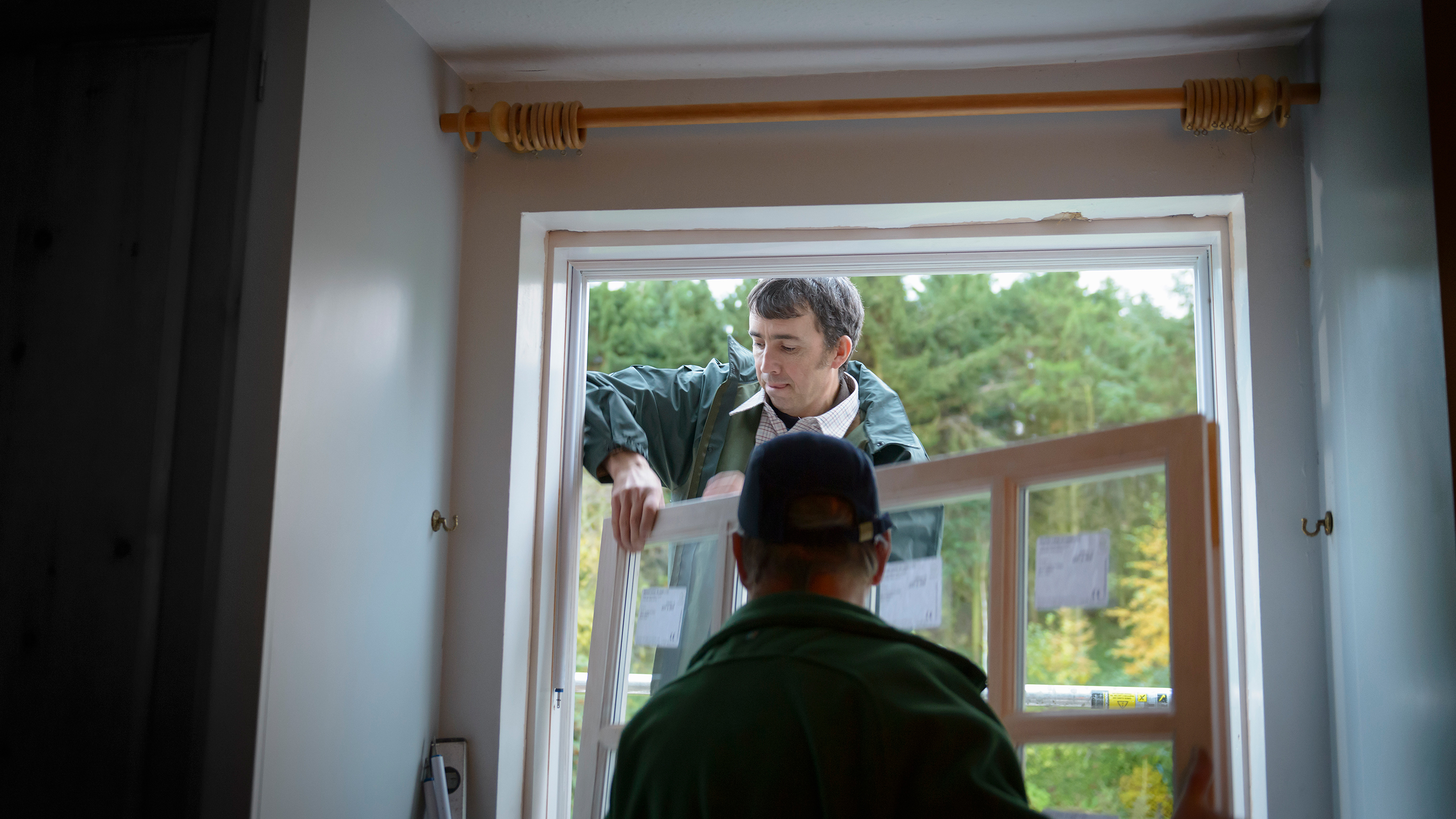
Get the Homebuilding & Renovating Newsletter
Bring your dream home to life with expert advice, how to guides and design inspiration. Sign up for our newsletter and get two free tickets to a Homebuilding & Renovating Show near you.
Natasha was Homebuilding & Renovating’s Associate Content Editor and was a member of the Homebuilding team for over two decades. In her role on Homebuilding & Renovating she imparted her knowledge on a wide range of renovation topics, from window condensation to renovating bathrooms, to removing walls and adding an extension. She continues to write for Homebuilding on these topics, and more. An experienced journalist and renovation expert, she also writes for a number of other homes titles, including Homes & Gardens and Ideal Homes. Over the years Natasha has renovated and carried out a side extension to a Victorian terrace. She is currently living in the rural Edwardian cottage she renovated and extended on a largely DIY basis, living on site for the duration of the project.

